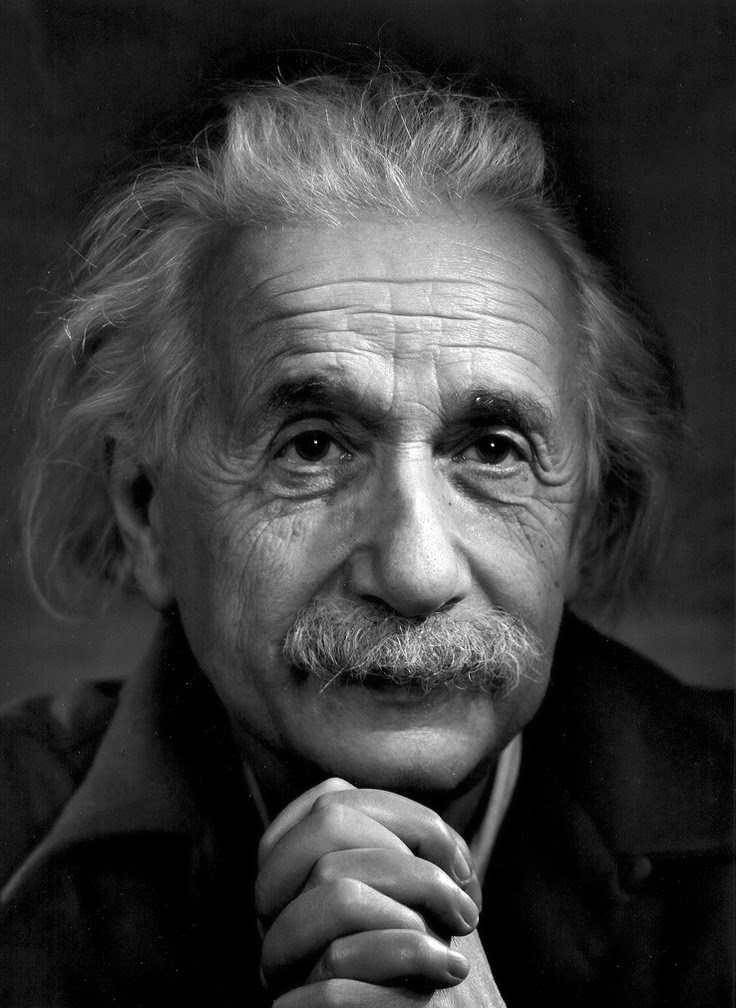Three point lighting is a standard method used in visual media such as video, film, still photography and computer-generated imagery. By using three separate positions, the photographer can illuminate the shot;s subject (such as a person) however desired, while also controlling (or illuminating entirely) the shading and shadows produced by direct light.
The key light, as the name suggests, shines directly upon the subject and serves as its principal illuminator, more than anything else, the strength, colour and angle of the key determines the shot's overall lighting design.
In indoor shots, the key is commonly a specialised lamp, or a camera's flash. In outdoor daytime shots, the sun often serves as the key light. In this case, the photographer cannot see the light in the exact position he or she wants, so instead arranges it to best capture the sunlight, perhaps after waiting for the sun to position itself just right.
From the picture and the meta data above I can tell that Aperture priority is on and Aperture priority, often abbreviated A or Av (for aperture value) on a camera mode dial, is a setting on some cameras that allows the user to choose a specific aperture value while the camera selects a shutter speed to match, thereby ensuring proper exposure. This is different from manual mode, where the user must decide both values, shutter priority where the user picks a shutter speed with the camera selecting an appropriate aperture, or program modewhere the camera selects both.
From the picture and the meta data above I can tell that Aperture priority is on and Aperture priority, often abbreviated A or Av (for aperture value) on a camera mode dial, is a setting on some cameras that allows the user to choose a specific aperture value while the camera selects a shutter speed to match, thereby ensuring proper exposure. This is different from manual mode, where the user must decide both values, shutter priority where the user picks a shutter speed with the camera selecting an appropriate aperture, or program modewhere the camera selects both.
Shutter priority refers to a setting on some cameras that allows the user to choose a specific shutter speed while the camera adjusts the aperture to ensure correct exposure. This is different from manual mode, where the user must decide both values, aperture priority where the user picks an aperture with the camera selecting the shutter speed to match, or program mode where the camera selects both.
George Hurrell

George Hurrell (June 1, 1904 – May 17, 1992) was a photographer who made a significant contribution to the image of glamour presented by Hollywood during the 1930s and 1940s. In the late 1920s, Hurrell was introduced to the actor Ramon Novarro, by Pancho Barnes, and agreed to take a series of photographs of him. Novarro was impressed with the results and showed them to the actress Norma Shearer, who was attempting to mould her wholesome image into something more glamorous and sophisticated in an attempt to land the title role in the movie The Divorcee.
She asked Hurrell to photograph her in poses more provocative than her fans had seen before.
Richard Avedon
Richard Avedon (May 15, 1923 – October 1, 2004) was an American fashion and portrait photographer. An obituary published in The New York Times said that "his fashion and portrait photographs helped define America's image of style, beauty and culture for the last half-century".
Avedon became the first staff photographer for The New Yorker in 1992, where his post-apocalyptic, wild fashion fable “In Memory of the Late Mr. and Mrs. Comfort,” featuring model Nadja Auermann and a skeleton, was published in 1995. Other pictures for the magazine, ranging from the first publication, in 1994, of previously unpublished photos of Marilyn Monroe to a resonant rendering of Christopher Reeve in his wheelchair and nude photographs ofCharlize Theron in 2004, were topics of wide discussion. Some of his less controversial New Yorker portraits include those of Saul Bellow, Hillary Rodham Clinton, Toni Morrison, Derek Walcott, John Kerry, and Stephen Sondheim.
Richard Avedon (May 15, 1923 – October 1, 2004) was an American fashion and portrait photographer. An obituary published in The New York Times said that "his fashion and portrait photographs helped define America's image of style, beauty and culture for the last half-century".
Avedon became the first staff photographer for The New Yorker in 1992, where his post-apocalyptic, wild fashion fable “In Memory of the Late Mr. and Mrs. Comfort,” featuring model Nadja Auermann and a skeleton, was published in 1995. Other pictures for the magazine, ranging from the first publication, in 1994, of previously unpublished photos of Marilyn Monroe to a resonant rendering of Christopher Reeve in his wheelchair and nude photographs ofCharlize Theron in 2004, were topics of wide discussion. Some of his less controversial New Yorker portraits include those of Saul Bellow, Hillary Rodham Clinton, Toni Morrison, Derek Walcott, John Kerry, and Stephen Sondheim.
Yousuf Karsh, December 23, 1908 – July 13, 2002)
was an Armenian Canadian portrait photographer. Yousuf Karsh was born in Mardin, a city in the eastern Ottoman Empire (present Turkey). He grew up during the Armenian Genocide where he wrote, "I saw relatives massacred; my sister died of starvation as we were driven from village to village."



























No comments:
Post a Comment